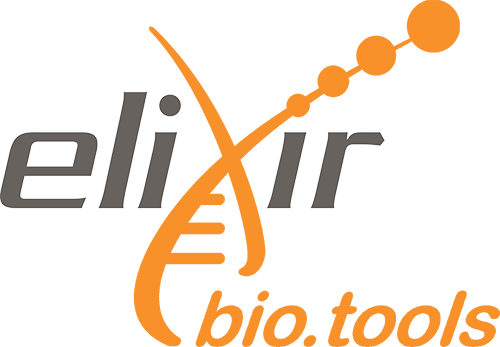e-learning
Identifing Survival Markers of Brain tumor with Flexynesis
Abstract
Here, we use Flexynesis tool suite on a multi-omics dataset of 506 Brain Lower Grade Glioma (LGG) and 288 Glioblastoma Multiforme (GBM) samples with matching mutation and copy number alteration. This data were downloaded from the cBioPortal. The data was split into train (70% of the samples) and test (30% of the samples).
About This Material
This is a Hands-on Tutorial from the GTN which is usable either for individual self-study, or as a teaching material in a classroom.
Questions this will address
- How can multi-modal genomic data be integrated to identify survival markers in brain tumors?
- How can deep learning approaches improve survival prediction in cancer patients?
- Which genomic features are most predictive of patient survival in glioma subtypes?
Learning Objectives
- Apply multi-modal data integration techniques to combine mutation, gene expression, and clinical data
- Perform survival analysis to identify prognostic biomarkers in brain tumors
- They are single sentences describing what a learner should be able to do once they have completed the tutorial
- Implement deep learning models for survival prediction using genomic data
Licence: Creative Commons Attribution 4.0 International
Keywords: Statistics and machine learning
Target audience: Students
Resource type: e-learning
Version: 2
Status: Active
Learning objectives:
- Apply multi-modal data integration techniques to combine mutation, gene expression, and clinical data
- Perform survival analysis to identify prognostic biomarkers in brain tumors
- They are single sentences describing what a learner should be able to do once they have completed the tutorial
- Implement deep learning models for survival prediction using genomic data
Date modified: 2025-08-13
Date published: 2025-08-13
Contributors: Amirhossein Naghsh Nilchi, Björn Grüning
Scientific topics: Statistics and probability
Activity log


